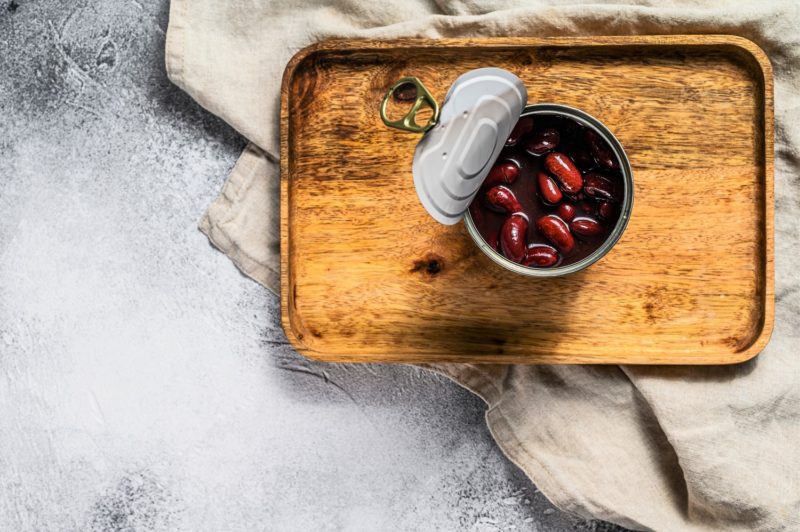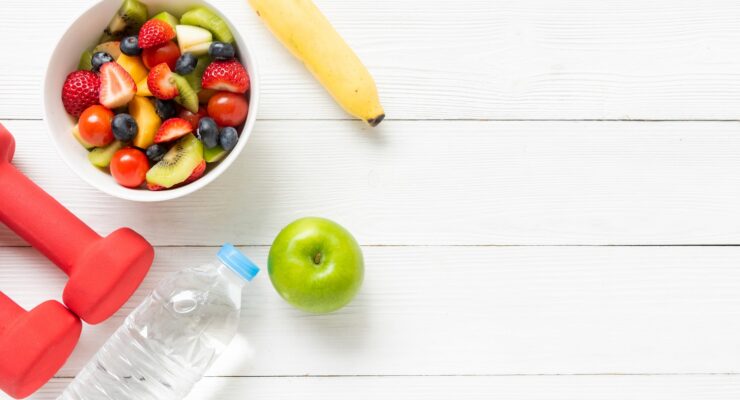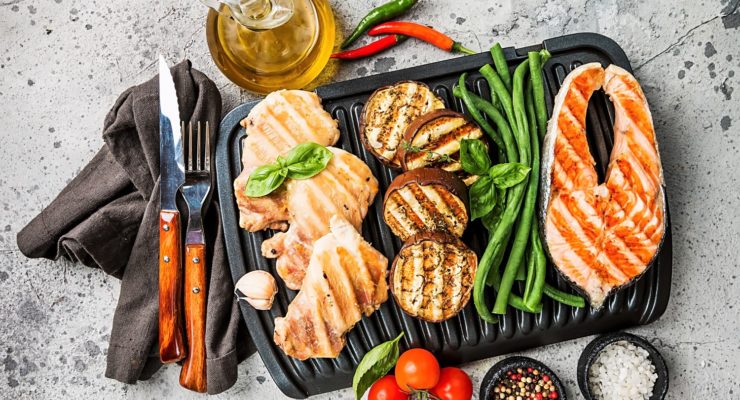Eat Well and Save: 10 Cost-Saving Tips for Budget-Friendly Meals
Article posted in: Lifestyle
These days, shopping for food and eating out can hit you with “sticker shock” when you see the receipts. The prices for groceries and restaurant meals increased an average of six percent in 2021 and they aren’t likely to decrease anytime soon. Now here’s the good news: you can eat a healthy diet, lose weight AND save money on food. Here are 10 smart strategies to help trim up your food bills and your waistline.
1. Plan ahead.

One of the smartest weight loss strategies is also helpful for saving money at the grocery store. Before you shop, make a plan for the next week’s meals. Then write up a list of all the ingredients that you need for those meals and stick to it when you shop. Items you grab on impulse at the store are likely to be high-priced and unhealthy.
2. Double up.

When buying food and cooking meals, you’ll save money (and time) by doubling the recipe and setting aside half for a second serving. You can do this with versatile ingredients, such as chicken breast, that you can use in several different dishes. You can also make and save two or more portions of whole meals, like our tasty Instant Pot Chicken Tortilla Soup or Baked Sheet Pan Chicken Sausage and Gnocchi.
3. Pick PowerFuels.

The prices for meats, especially beef, have jumped more than any other items in the grocery store, rising more than nine percent in the last year. Fortunately, you can get all the protein you need from less expensive PowerFuels, such as eggs, cheese and peanut butter. Canned tuna and salmon are cost-effective sources of protein, too. Even if you still want to enjoy the satisfaction of eating meat, you’ll save money if you have fewer servings each week and stick to your recommended portion sizes.
4. Beans, beans.

There’s no better value in the grocery store than beans. You can get dried black, pinto and kidney beans, lentils and chickpeas for less than 25 cents per serving. Canned beans, which are ready to eat without cooking, cost only about 10 to 15 cents more. Beans come with both protein and fiber, making them a budget-friendly SmartCarb worth stocking up on.
5. More veggies.

You know what food category had the smallest price increase this year? Fresh vegetables cost just one percent more than they did a year ago. That works to your advantage because Nutrisystem recommends that you eat at least four servings of non-starchy veggies per day. And they are unlimited so you can fill up on them and avoid eating more expensive foods.
6. Shop seasonal.

You get the best deals on fresh produce items that are in-season where you are, since they don’t have to be transported across the country or imported from other places. Salad greens, such as lettuce and spinach, broccoli, cauliflower, peas and carrots are in season during spring and fall. Tomatoes, peppers, cucumbers and zucchini are at their peak in summer. You can stock up on seasonal items when the prices are low and store them in your freezer until you’re ready to eat them. For more details, check out the USDA’s Seasonal Produce Guide.
7. Frozen or prepped.

Fresh produce typically costs less than frozen items and it is almost always cheaper than the cleaned and cut vegetables now sold in many grocery stores. However, you may end up saving when you buy frozen or prepped produce because they help you reduce spoilage and waste that sometimes happens when you don’t eat all of the fresh items right away or when you remove the stems, cores, and other inedible parts.
8. Skip soft drinks.

Soda, even diet varieties, add up on your grocery bill without providing you with calories that give you energy or fill you up. If you’d like an alternative to drinking plain water all day, make tea. Along with traditional black or orange pekoe tea, try green or herbal teas, such as mint. Tea has no calories and costs you just pennies per glass.
9. Go halfsies.

Prices for restaurant meals have shot up as much or more than prices of groceries. You can cut costs and still enjoy a meal out by splitting an entrée with another person. While restaurants sometimes charge for an extra plate, it never equals the price of another whole meal. Plus, the portions that restaurants serve are always much bigger than are recommended by Nutrisystem, so splitting the food helps you stay on track with your weight loss plan while saving you money. Before going out to eat, look over our 5-Point Restaurant Survival Guide.
10. Plant a garden.

Growing a little of your own food is a healthy activity that can help reduce your grocery bill. A plant that costs about $2, for instance, can produce pounds of juicy and nutritious tomatoes for weeks on end. Even if you don’t have room to plant in the ground, you can grow a lot of vegetables in pots. Find out more in our beginner’s guide to gardening.










